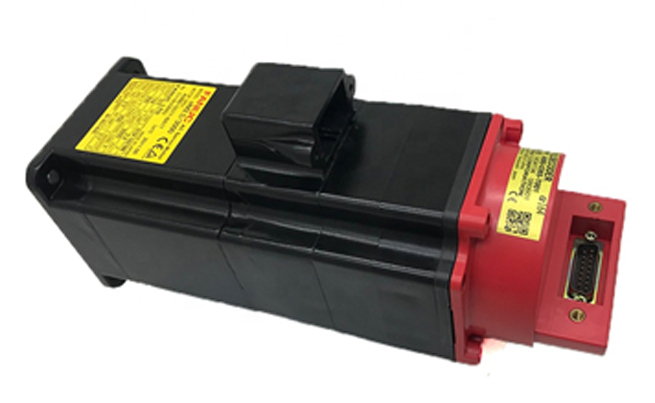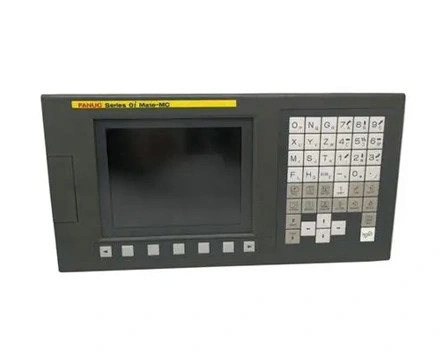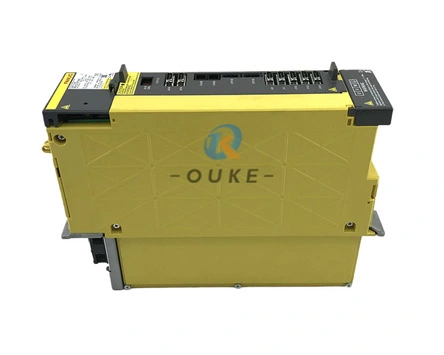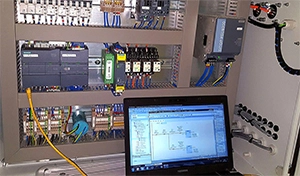
Servo motors are also called executive motors, which are used as executive components in automatic control systems. According to the nature of the power supply used by the servo motor, it can be classified two categories including a DC servo motor and an AC servo motor. Then how to select the right servo motor? If you want to choose a suitable servo motor for the machine, first of all, you should know the basic characteristics about servo motor products.

Generally speaking, servo motor component has the characteristics of high speed accuracy, high dynamic response, very wide speed range, and very high position accuracy. These characteristics also determine that the application of servo motors is different from ordinary electric motors.
When selecting a servo motor, you must pay attention to the following factors for the external working conditions of the motor
1. Load mechanism. It will determine the type of mechanism and its detailed data, such as the length of ball screw, the diameter of ball screw, the stroke and diameter of pulley etc.
2. Action mode. It will determine the action mode of the control object and the relationship between time and speed. And it can convert the action mode of the control object to the action form on the motor shaft and determine the operation mode, including acceleration time, constant speed time, deceleration time, stop time, cycle time and movement distance and other parameters.
3. Load inertia, torque and speed. The full load inertia and full load torque on the motor shaft can be obtained after conversion.
4. Positioning accuracy. It can confirm whether the pulse number of the encoder meets the resolution required by the system.
5. Use environment, such as ambient temperature, humidity, use environment atmosphere, vibration and shock, etc.
Based on the above information, you can basically make a preliminary selection of the motor. Then you need to pay attention to the following 6 aspects when selecting the corresponding servo motor specifications. The information usually appears on the nameplate of the motor, of course, there will be more comprehensive and detailed information in the selection manual.
1. Motor capacity (W)
2. Motor rated speed (rpm)
3. Rated torque and maximum torque (N • m)
4. Rotor inertia (kg • ㎡)
5. Holding brake (brake). According to the design of the action mechanism, you need to consider whether it will cause the rotation trend of the motor in the power failure or static state. If there is a rotation trend, you need to choose a servo motor with a brake.
6. Volume, weight, size. Please note that you can inquiry the outline drawing of Siemens electric motor in DT Configurator.
Equivalent to the load speed of the motor end <the rated speed of the motor
Effective torque equivalent to the motor end <rated torque of the motor
Equivalent to the instantaneous maximum torque of the motor end <the maximum torque of the motor
Equivalent to the load inertia of the motor end <5 times the motor rotor inertia
 English
English 日本語
日本語 한국어
한국어 français
français Deutsch
Deutsch Español
Español italiano
italiano русский
русский العربية
العربية Türkçe
Türkçe Jawa
Jawa






